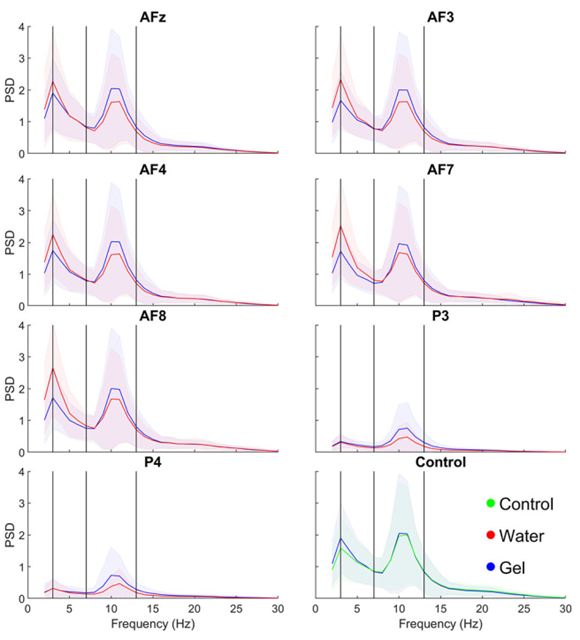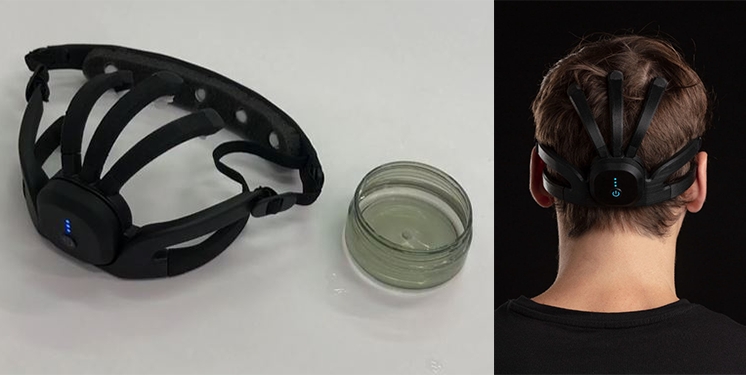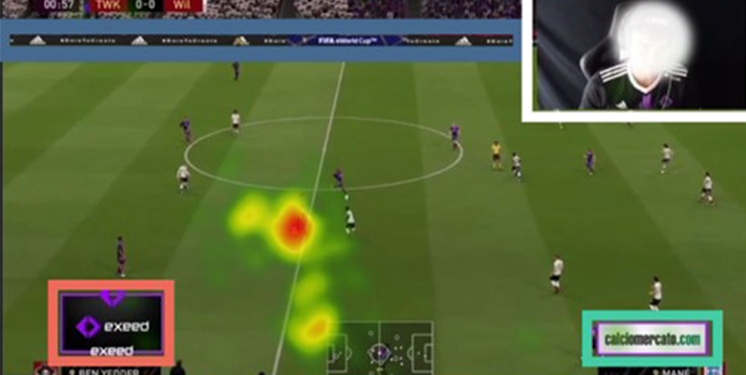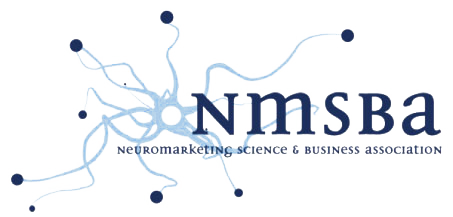Mindtooth Technology validation
- Published in Blog
Mindtooth technology quality compared gel-based gold standard:
The electrodes technology chosen for the Mindtooth EEG headset are the water-based technology, allowing a good signal quality, without the drawback of having the gel, that makes useless the usage of EEG technology for out-of-the-lab applications.
The water-based EEG sensors technology used in the Mindtooth Touch headset has been validated during the first validation of the Mindtooth project. Sensors’ effectiveness has been compared with gel-based Ag/AgCl electrodes considered the gold-standard in neuroscience research.
In addition, in the same test the design of the Mindtooth Touch prototype has been tested in terms of quality of contact and usability.

Figure 1: Scheme of the experimental set-up. (A) A scheme of the position of the electrodes and instrumental set-up. Water-based electrodes are shown in red, gel-based electrodes in blue, and the control electrode in green. (B) The actual experimental set-up was used for the EEG sensors comparison. (C) Mindtooth Touch EEG headset, designed for working with water-based electrodes (right), and modified version equipped with the LiveAmp amplifier (left).
30 subjects have been tested in identical tasks wearing once time a traditional EEG Cup with gel electrodes in the same position of water based electrode in Mindtooth headset, once time the Mindtooth prototype. Obtained results showed a high correlation in EEG-based features in frequency domain, used for the evaluation of neurometrics, derived by the two technologies (i.e. water-based vs gel-based electrodes).

Figure 2: EEG spectra for each channel in the interval 2–30 Hz. Spectra obtained with water electrodes are shown in red, and spectra obtained with gel electrodes are shown in blue. The last subplot shows the AFz-gel and control electrode. The solid lines represent the average of the spectra over the population, and the shadowed areas represent the standard deviation.
In addition, the Mindtooth Touch structure showed high usability (i.e. very easy to put on and take off) and good quality of contact of the EEG water-based electrodes.
In this regard, the usability, worth to mention is that the Mindtooth Touch headset during the Project has been tested on more than 200 humans, with different hairstyles, head shapes, nationality and age, demonstrating to maintain a very high comfort over time.
In conclusion, testing it for validation the Mindtooth Touch EEG Heaset design confirmed that it is able to guarantee:
- Good electrodes contact
- Comparable signal quality of gel-based electrodes
- High comfort over time
- Good fitting to all the heads
The complete study of the validation have been published in the journal paper “Frontiers in Human Neuroscience”, available at the following link








